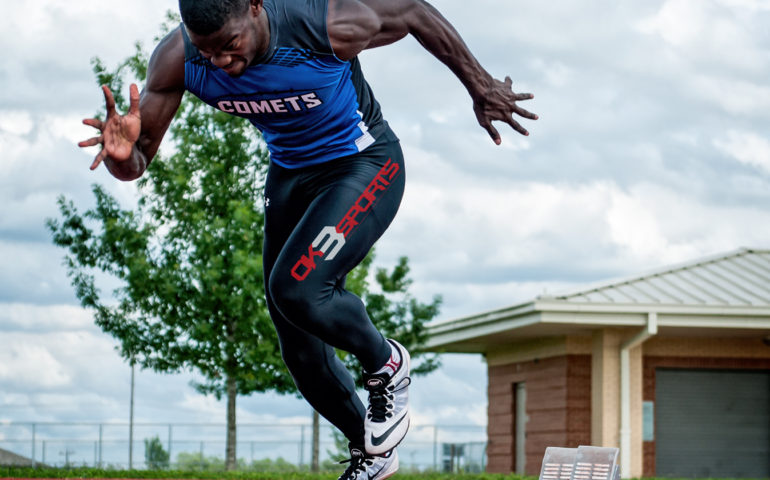By: Tom Johnson
40-hour work weeks are the norm in most professions. On college campuses, amateur Division I student-athletes are expected to work much longer hours.
The premier collegiate student-athletes essentially have two full-time jobs: student and athlete. To meet the demands of both, many Division I student-athletes end up committing nearly 60 hours to school and sports, leaving very little time for anything else.
A recent exhaustive study of 44,058 student-athletes, 2,445 school administrators and 3,071 head coaches explored the time demands placed on Division I student-athletes and found a major conflict of interest.
Division I student-athletes believe they are overworked while coaches, whose jobs depend on winning, think their players should dedicate more time to athletics.
Here’s a breakdown of the topics covered and opinions of both parties:
Limits of time demands for athletic activities
Overview: The NCAA has explicit limits on the amount of time dedicated to games, practices and team meetings or countable athletically related activities. Student-athletes are only allowed to dedicate a maximum four hours per day, 20 hours per week during the season with one day off and eight hours per week in the offseason with two days off.
Student-athletes: The majority seemed to be ok with the specific limits of athletically related activities in season, but they wanted to reduce their offseason workload. They also wanted to add three activities – travel time, compliance meetings and team promotional activities – without increasing their weekly time commitment. Student-athletes support a minimum of eight hours overnight between practices, games or team meetings as well.
Coaches: Most wanted to remove the weekly limits on countable athletically related activities, but would support increasing the limit in order to accommodate those three other activities. Finally, they agreed with student-athletes about the mandatory overnight restrictions between athletic activities.
More time off during and after the season
Student-athletes: The majority supported a 1-3 day, in-season break from games and practices. In addition, student-athletes wanted to stop counting travel days as off days. They also were in favor of a stoppage of athletic activities during winter break. After the end of the season, student-athletes are very much in favor of a mandatory break from their sport, preferably for two weeks.
Coaches: Fewer than one in five supported any type of midseason break from athletic activities and most opposed changing the status of travel days. They also do not support a longer winter break, but coaches are open to an end of the season break, just not a two-week one.
Academics and career education take precedence
The only consensus between Division I student-athletes and their coaches was about education. Both supported the limiting of sports related activities during exam periods as well as the ability for student-athletes to pursue educational or career development opportunity.
Despite saying that they support the education of their student-athletes, coaches clearly have a conflict of interest. By demanding more and more practice time, coaches are doing their student-athletes a disservice and taking them away from their studies.
Since Division I coaches are financial incentivized to get the most out of their players, the NCAA needs to step up in order to ensure student-athletes have enough time to be successful in the classroom.

